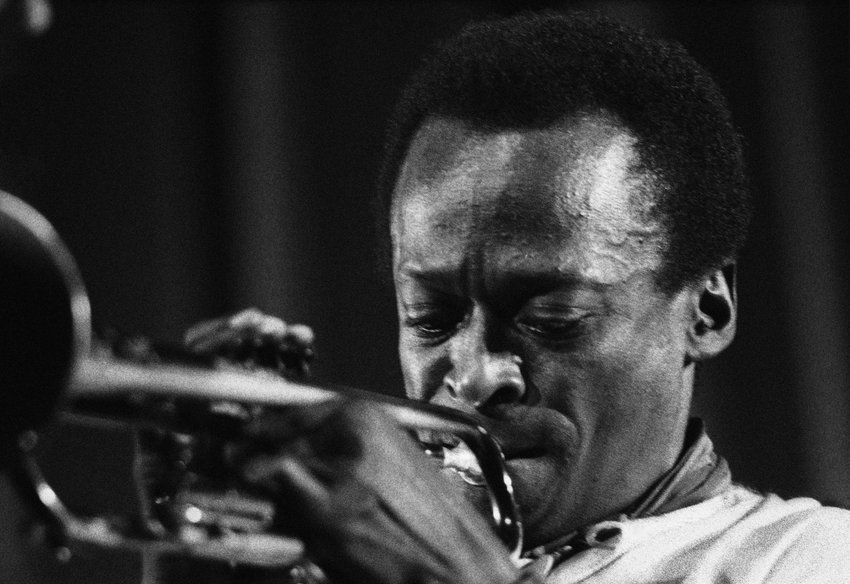
“It’s a lot of people in Detroit whose grandparents are from Huntington,” Murphy said. Yesterday and today, many Appalachians ended up in Detroit and those family ties remain. Murphy wasn’t alone in having an Appalachian connection. “You had to watch your neighbor in Detroit.” “It was those little things that made me appreciate home and the fact that I could sleep with my door open in West Virginia, but couldn’t do that in Detroit.” he said. His experiences taught him the value of living in a place like West Virginia. He would get harassed by police and other people who would take notice of someone who seemed out of place. Murphy’s attempts to explore the woods and embrace nature around Detroit wasn’t frictionless. You had to actually go way, way out, beyond the outskirts of the city to find those things, but it was hard to do because they didn’t see people of my color out there.” Catching frogs or salamanders, crawdads, things like that I missed. “It was weird not seeing a creek or not seeing a mountain. He spent his teens and part of his 20s in Detroit before returning to West Virginia, but kept ties to Appalachia in the interim.ĭetroit had “a lot of concrete playgrounds,” Murphy said. Via Landau Eugene Murphy, Jr.ĭespite a busy touring schedule, Landau still lives in Logan County. Murphy won season 6 of AGT, headlined a show in Las Vegas, and over the next decade released four albums, performed around the world, and published an autobiography. No one had seen a guy that looks like me, 6-foot-4 with dreadlocks singing like Frank Sinatra,” Murphy said. Chewing gum during his audition, Murphy came out of Logan County, West Virginia and surprised everyone by singing Frank Sinatra and other jazz classics.


first made his mark in 2011 when he appeared on America’s Got Talent. Frank Sinatra, Nat King Cole, and Dean Martin are still household names, but their musical successors branched out into rock, hip hop, and decidedly un-jazzy pop music.Īt least one man, however, hasn’t given up on the standards. Millennials got into traditional country music that boosted artists like the Avett Brothers, Mumford and Sons, and Old Crow Medicine Show in the years afterward.įor jazz classics from the Great American Songbook, though, the revival of jazz, swing, and big-band music has yet to come. Bluegrass/Americana had a revival spurred by the Coen Brothers’ O Brother, Where Art Thou? When it came out in 2000. Sometimes, a paradigm shift happens and new blood forges ahead. Obscurity threatens on one side as music trends leave the old style behind, and on the other side, listeners demand the familiar hits instead of encouraging artists to experiment and move forward.ĭecline isn’t final, though. It can be a monumental task to revive a musical style.įinding new listeners is as troublesome as getting old ones to move beyond nostalgia and try new songs or artists.


 0 kommentar(er)
0 kommentar(er)
